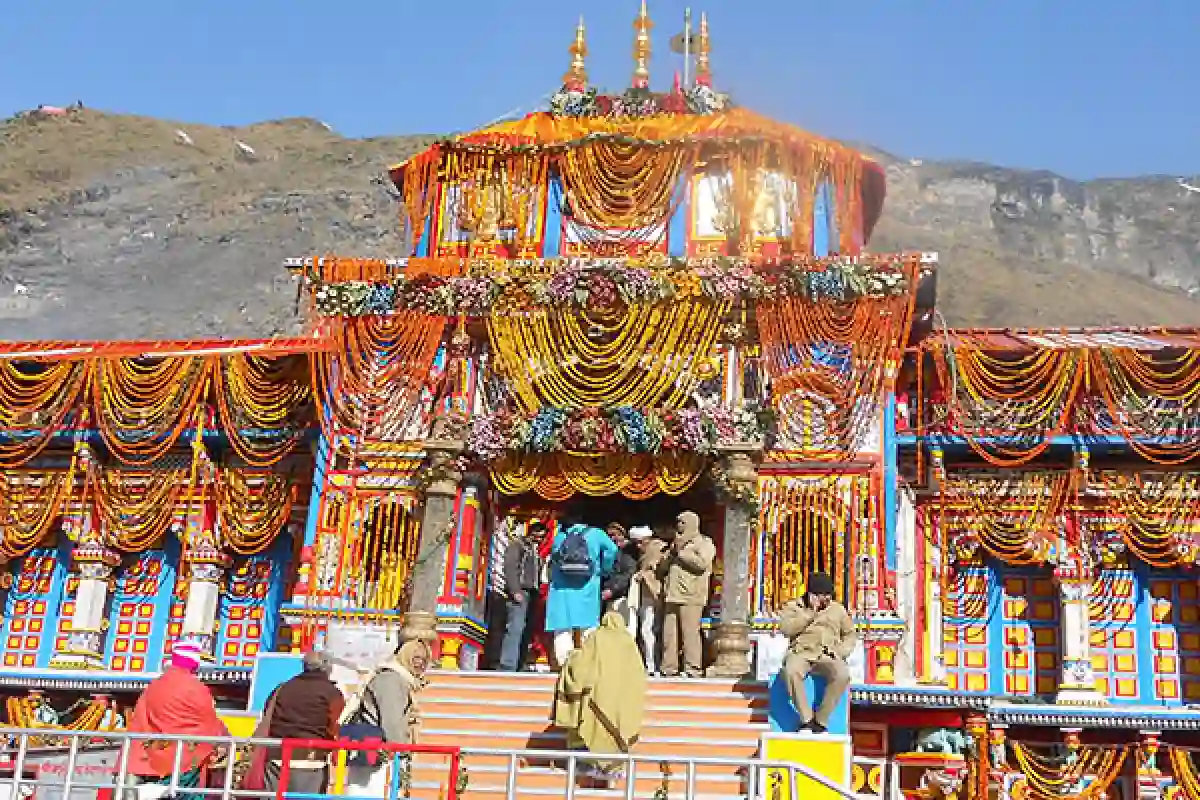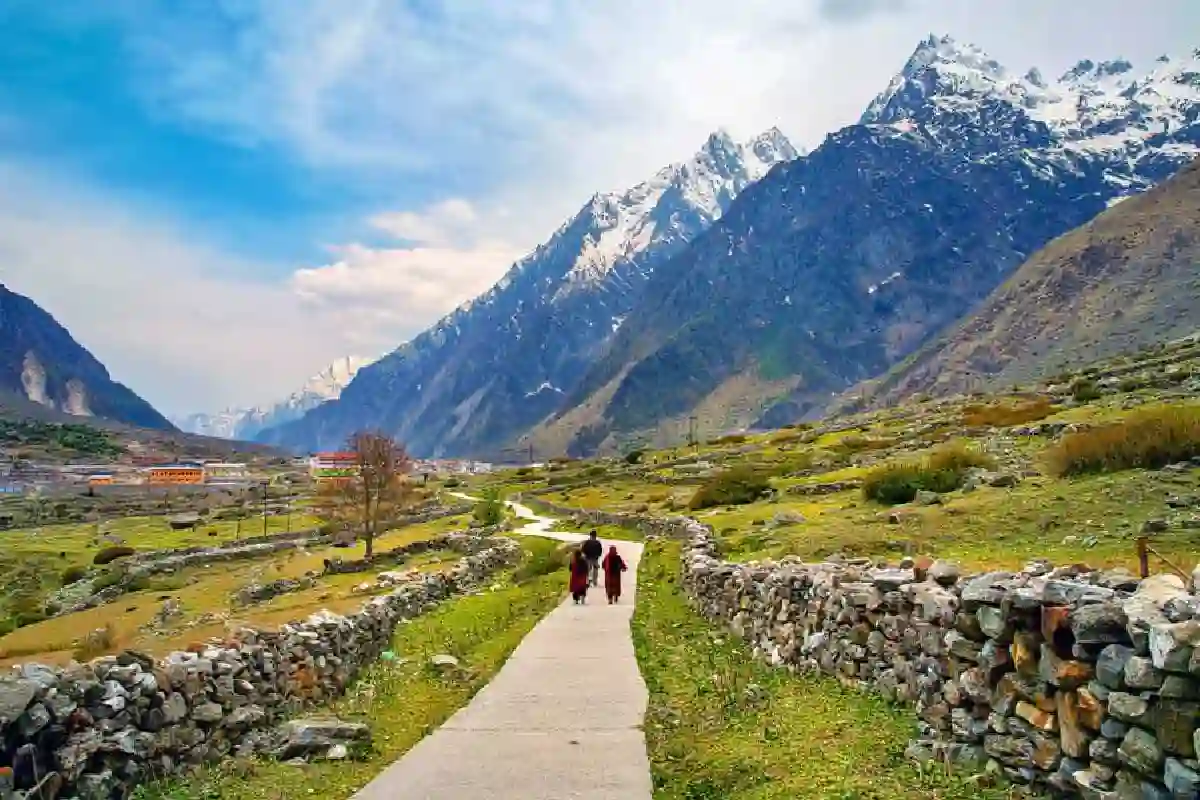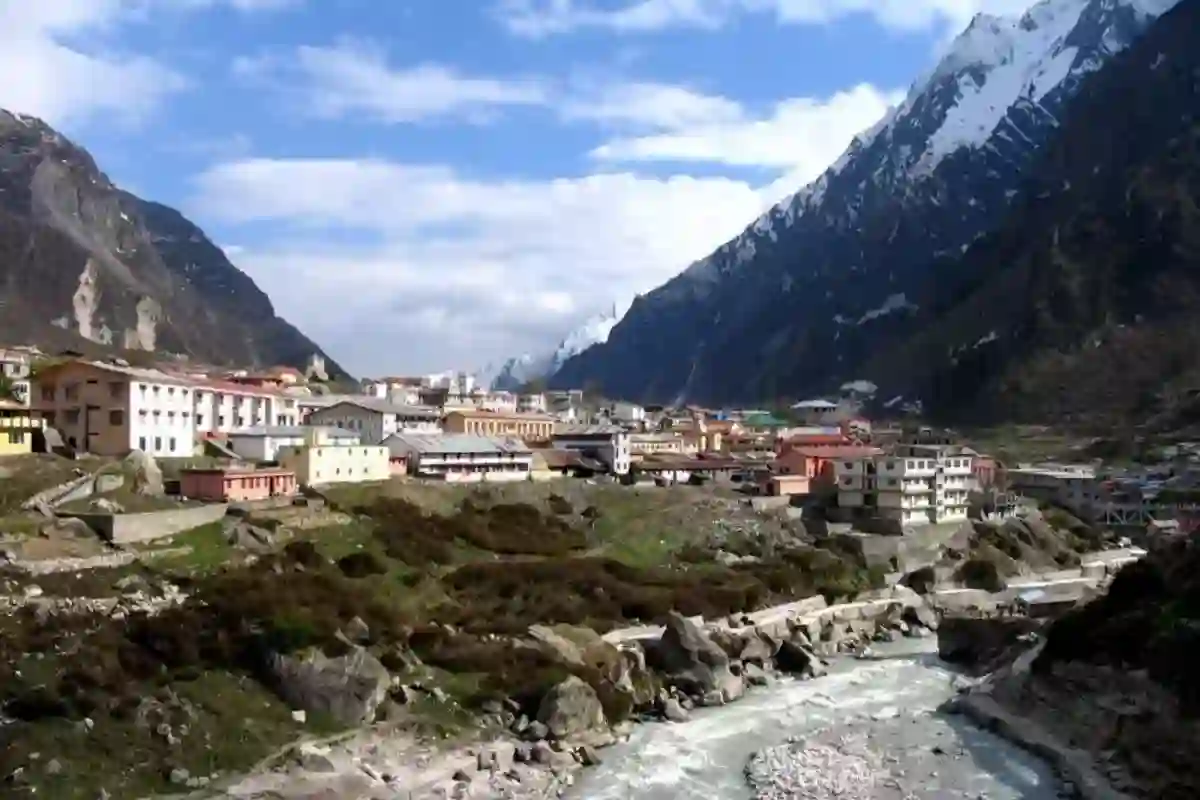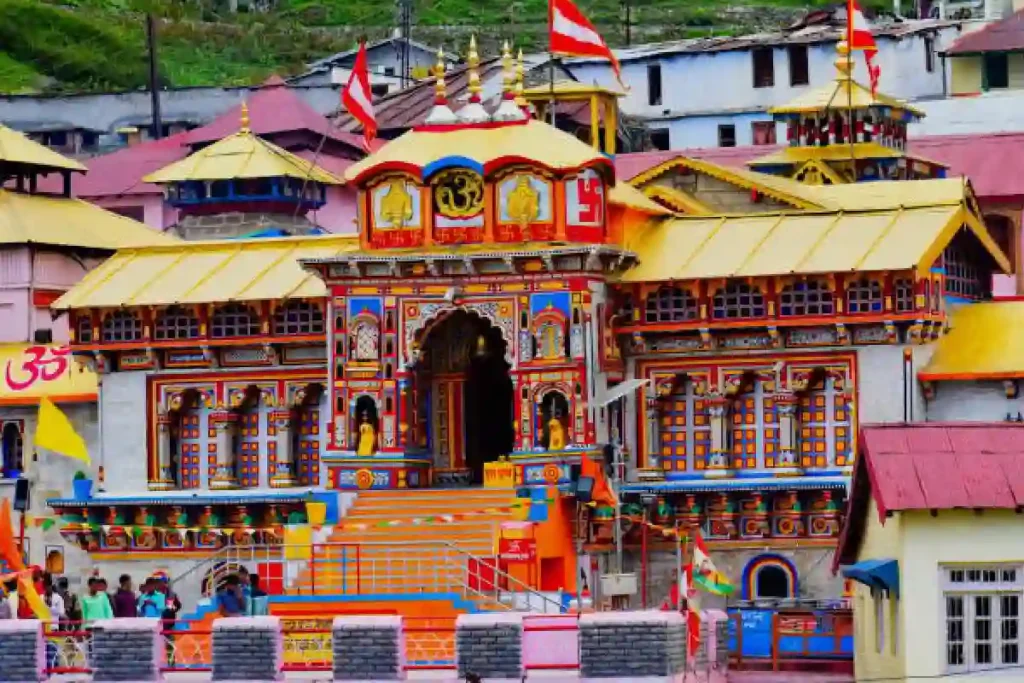Badrinath
Badrinath
Introduction
Badrinath is one of the most revered Hindu pilgrimage sites and an important part of the Char Dham Yatra and Chhota Char Dham Yatra. Located in the Chamoli district of Uttarakhand, at an altitude of 3,133 meters (10,279 ft), it is dedicated to Lord Vishnu, who is worshipped here as Badri Narayan.
Situated between the Nar and Narayan mountain ranges, Badrinath Temple is believed to be the place where Lord Vishnu meditated in deep penance. Goddess Lakshmi, his consort, is said to have taken the form of a Badri (berry tree) to provide him with shade, which is how the temple got its name.




- The best time to visit Badrinath is May to June and September to October when the weather is pleasant.
- The temple opens in late April or early May and remains open until October or early November before closing for winter.
- Avoid monsoon months (July-August) due to heavy rainfall, landslides, and road blockages.
- Winter (November to April) brings heavy snowfall, and the temple remains closed during this period.

- Visit Badrinath Temple – Seek blessings at the sacred shrine of Lord Vishnu.
- Take a holy dip in Tapt Kund – A natural hot water spring believed to have medicinal properties.
- Explore Mana Village – The last Indian village near the Indo-Tibet border.
- Visit Charan Paduka – A rock with Lord Vishnu’s footprints.
- Visit Vasudhara Falls – A beautiful waterfall near Mana Village.
- Explore Bhim Pul – A natural rock bridge over the Saraswati River.
- Visit Vyas Gufa & Ganesh Gufa – Ancient caves where sage Vyasa composed the Mahabharata.
- Enjoy Scenic Views – Surrounded by the majestic Himalayas and the Alaknanda River.




